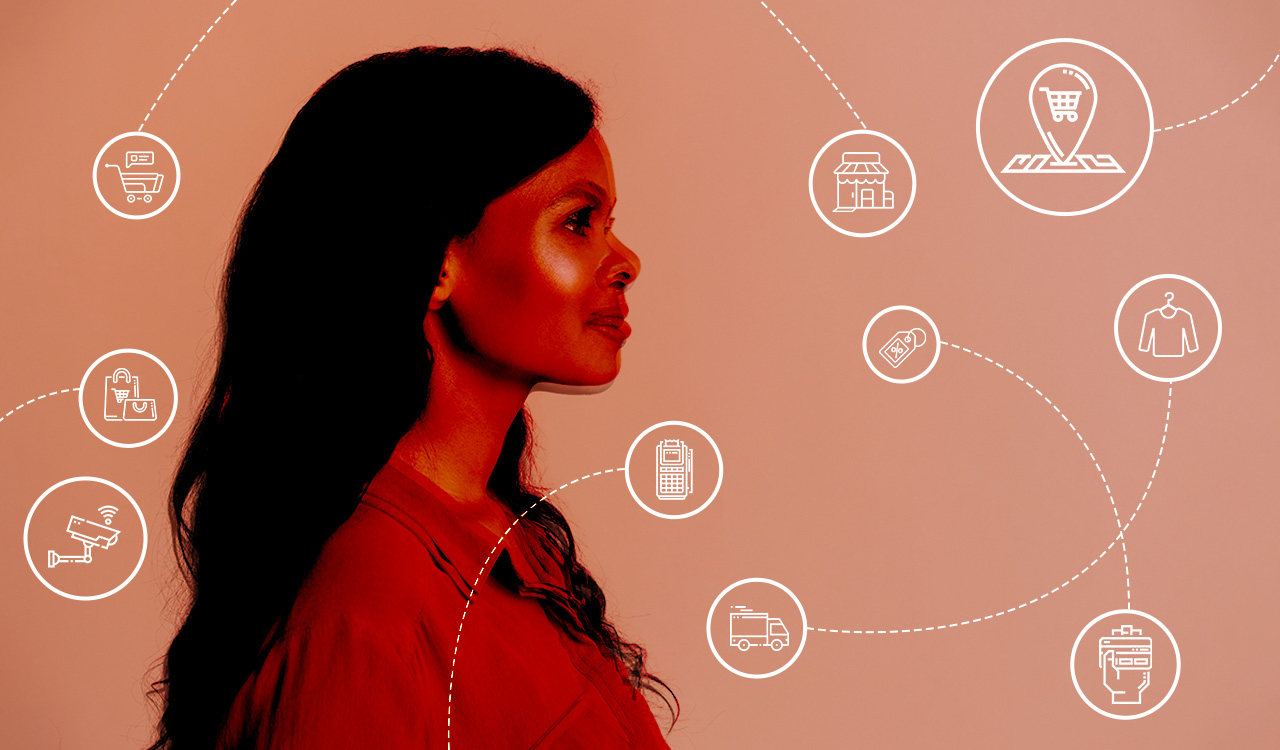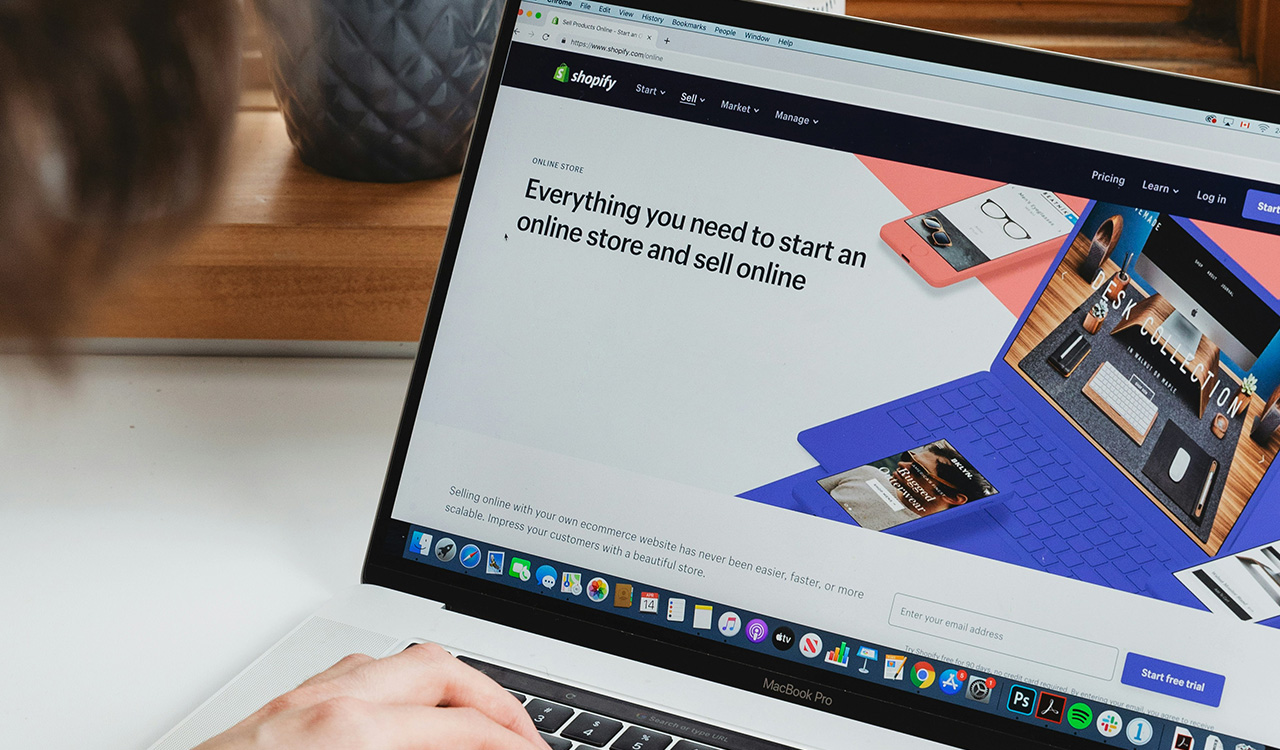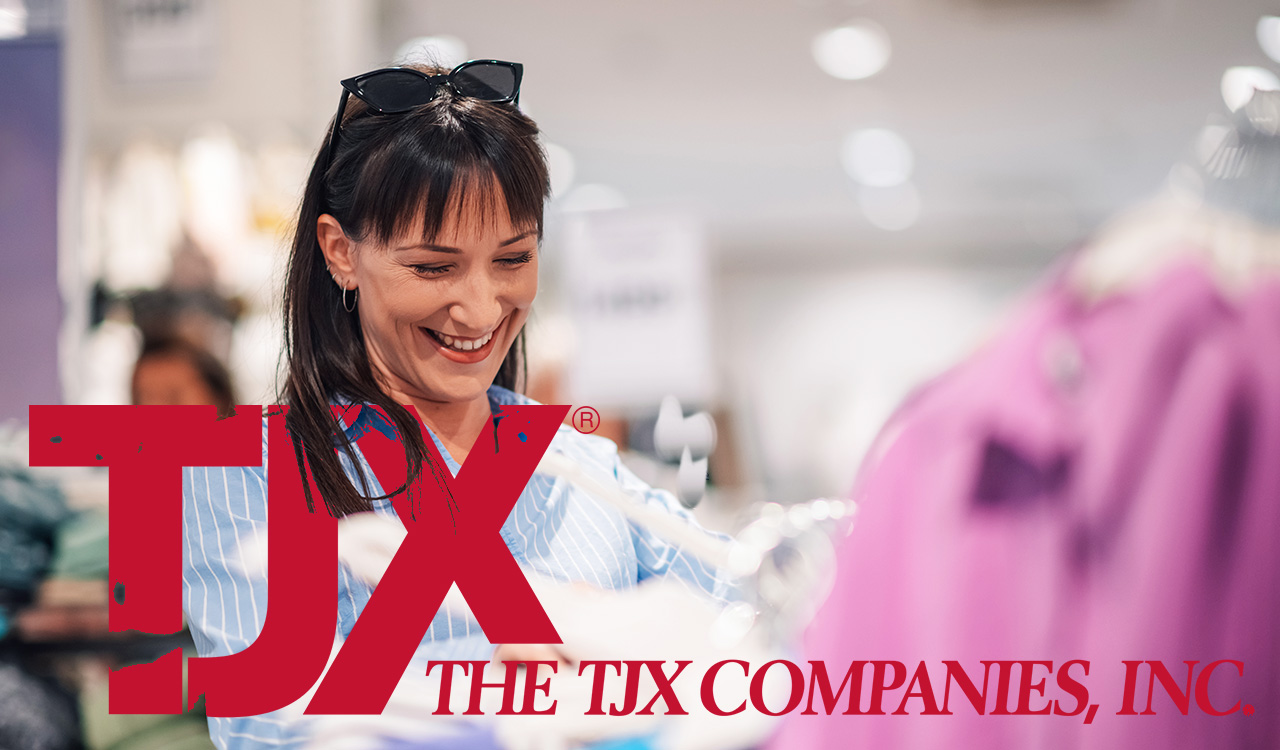Now that online sales are approaching a landmark 30 percent share of the retail market, it’s time for retailers to take a serious look at their businesses to ensure that all points of contact are functioning seamlessly, efficiently and to the benefit of all stakeholders, both serving customers at the front-end and across backend functions within the organization.
Omnichannel failed to deliver retailers’ promised transformative benefits because while they tried to look unified at the front-end – online, mobile, point-of-sale, BOPIS, shop-in-store/deliver to home, new pay options, digital wallets and more – their backend systems to support each customer experience were out-of-sync.
The old ways of omnichannel thinking must give way to an evolved unified commerce approach. Going from omnichannel to unified commerce might seem like splitting hairs or just semantics. But believe me, it isn’t.
Unified commerce goes beyond focusing on the customer in retail front-end operations; it goes deep into backend operations to ensure the entire organization is squarely trained and focused on meeting customer wants and needs at the time and place of their choosing.
“In a nutshell, it’s a systematic practice of having a single view of the customer,” wrote Lynn Hughes in The Robin Report.
Omnichannel Yields to Unified Commerce
Omnichannel retail, the terminology and the concept emerged in about 2010 when online retail sales accounted for some 10 percent ($264 billion) of the then $2.6 trillion retail market, excluding automobiles, gasoline stations and restaurant/food service sales. Retail CEOs rapidly adopted the term in earnings calls to signal that they’ve got the business’ future well in hand whether customers shop online or in-store.
Almost as quickly, omnichannel became problematic. Initially, it was critiqued for imposing retail-centric, channel-specific thinking onto consumers who don’t think about shopping by channel but for price and convenience. And because it upheld the idea of multiple retail channels, it supported the continued siloing of corporate operations, with one group devoted to online engagement, another to in-store operations with little crossover between the two, and revenues reported in separate channels
By 2019, when online reached 18 percent share of the market – $659 billion of $3.7 trillion in total – omnichannel’s usefulness began to unravel, and it fell apart completely during the 2020 pandemic closures when online sales reached 23 percent market share – $891 billion of $3.9 trillion – not even including online orders from food service establishments.
Last year, online reached $1.3 trillion and 25 percent of retail’s $5 trillion total. By 2028, Forrester expects it to grow to 28 percent share. By that time, it will exceed $1.8 trillion, based on a five-year compound annual growth rate of eight percent – twice the projected in-store CAGR.
“The rise of online marketplaces, social commerce, online grocery buying, click-and-collect services, quick commerce, livestream selling, and direct-to-consumer commerce will significantly boost online retail sales,” Forrester analyst Jitender Miglani reports.
In other words, the old concept of omnichannel retail has been fractured by the emergence of multiple new retail channels. So, it’s time to evolve to the new age of unified commerce.
United We Stand
Omnichannel failed to deliver retailers’ promised transformative benefits because while they tried to look unified at the front-end – online, mobile, point-of-sale, BOPIS, shop-in-store/deliver to home, new pay options, digital wallets and more – their backend systems to support each customer experience were out-of-sync.
“Retailers look like they’re unified and integrated because they have put a lot of effort into making it seem that way to the customer,” said Nikki Baird, Aptos vice president of retail innovation. She likens it to a duck which appears to be effortlessly gliding over the pond, but underneath is frantically paddling to keep up. “That’s a way of saying, no retailer has pulled this off, partly because consumers moved the goal line faster than retailers can keep up. And retailers can’t move fast enough because their existing technology makes it very difficult to do so.”
In a recent study Aptos conducted with Bain, unified commerce was defined as a means to deploy retail technology that provides a seamless customer experience across all sales channels and customer touchpoints.” As one retail chief operating officer said, “Unified basically means you have one single real-time inventory visibility across all the different nodes of your network. You have multiple distribution centers, you have multiple fulfillment centers, but basically, it’s one unified view of the inventory, and then you can really sell the product from any channel or return from any channel.”
It’s aligning all backend operations, customer and inventory data into a single unified system. Nearly three-fourths of the nearly 350 retail executives surveyed believe a well-executed unified commerce strategy will have a large to significant impact on overall profitability and 76 percent see a similar large to significant impact on sales revenues.
Virtually all executives see a unified commerce strategy will result in:
- Increased purchase sizes and reduced lost sales
- Reduced operating costs
- Preserved margins in the last mile
- Higher customer conversion rates
- The ability to attract new customers
- Higher customer loyalty
- Improved cross-channel customer experience
- Improved employee experience
- More reliable inventory management and supply chain operations
- Increased upselling and cross-selling
Yet, 45 percent of retailers surveyed, with revenues between $150 million to $50 billion and across a range of verticals in the U.S., U.K., and Canada, said they lacked a strategic roadmap to guide investment in unified commerce to ensure they derived the ultimate value from the changes implemented.
While most retailers have instituted some unified commerce approaches, only about half believe they have the tools and resources to execute unified commerce or believe their current technology is adequate to support their unified commerce goals.
More Unifying Work to Do
When talking unified commerce, most retailers are leaning into inventory management across stores and warehouses to provide flexible fulfillment and in-stock positions. However, retailers are placing less emphasis on developing in-store selling tools for sales associates to include them in the unified whole.
Calling this a big missed opportunity, Bain reports “This tech is critical for enabling employees to assist customers during their shopping journey. Connecting customers with staff who can help them along their purchase journey is one of the main benefits of shopping brick-and-mortar.”
And as much as retailers have invested in developing their customer data profiles, they still have more work to use all that data effectively to deliver a tailored online and in-store shopping experience. “Personalization gets a lot of attention and there is a lot of optimization that can be achieved with it, but it hasn’t achieved its full potential,” Aptos’ Baird observes, as she sees retailers confusing personalization with relevancy. “Customers definitely want more relevant offers; what Ai is good at is personalization. Just because an offer is personalized, it doesn’t mean it is relevant.”
She also sees opportunities to use retailers’ “one view of the customer” data to better predict their future needs and wants. “Retailers have to overcome the inertia of doing year-over-year comparisons versus staying ahead of emerging customer behaviors or expectations.”
Changing Mindset, Not Just Words
Retailers need to recognize that unified commerce is more than just a shiny, new phrase to describe omnichannel retail. Realizing its full potential and implementing it across the entire organization requires a completely new mindset. Yes, its goal is to deliver a unified customer experience across channels, i.e., an omnichannel customer experience, but it achieves that by unifying all aspects of the retail network behind the scenes.
At this year’s National Retail Federation’s Big Show, panel moderator Giri Agarwal, chief strategy officer of Incisiv, warned of the peril to retailers rolling their eyes at the new terminology. “Unified commerce represents a fundamental reset, a way of thinking about how you deliver a retail experience that isn’t just a patchwork of things that weren’t designed to deliver it.”
Michael’s vice president of digital Jason Brenner reassured the audience that in the transition to unified commerce, “You don’t have to get it right and you don’t actually have to have all the right answers. What you have to have is a data-driven hypothesis and you have to have the culture and the infrastructure to test and learn and iterate your way to success.”
Unified commerce is a tall order. It requires merging all sales channels together into a unified platform that supports both backend and front-end operations. It must provide a single source for tracking all data and channel insights with real-time visibility of customer interactions in every channel. It must give complete visibility on product inventory and availability, as well as supply chain and staffing resources so that all stakeholders have a better understanding of the business needs and their role as stakeholders in fulfilling them. It must also provide insights into customer needs now and projected for the future at the product, channel, delivery and payment method level.
“Few retailers have taken a truly holistic view of their data and tied it together into a unified commerce way,” Aptos’ Baird concludes. “Retail is slow to change and consumers change very quickly. This friction has driven retail transformation for the last 25 years.”




